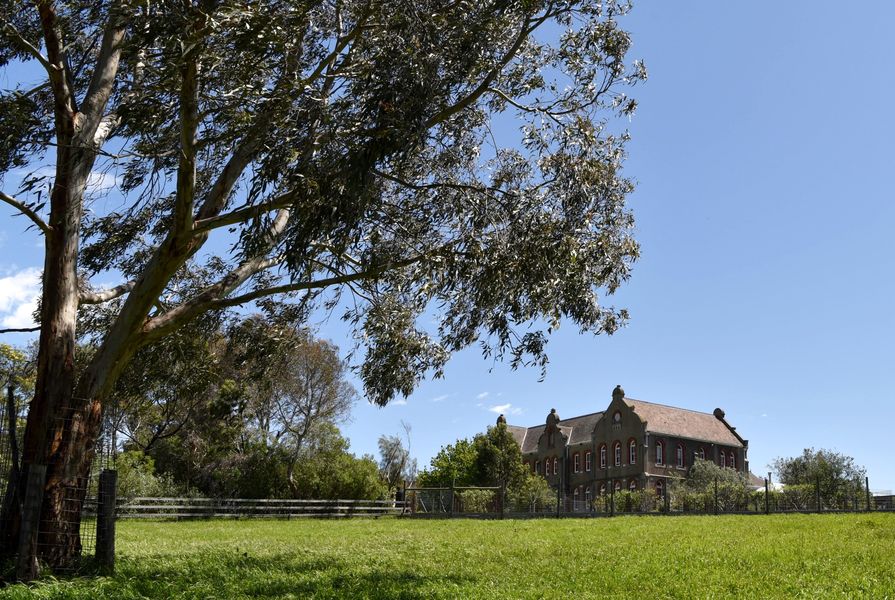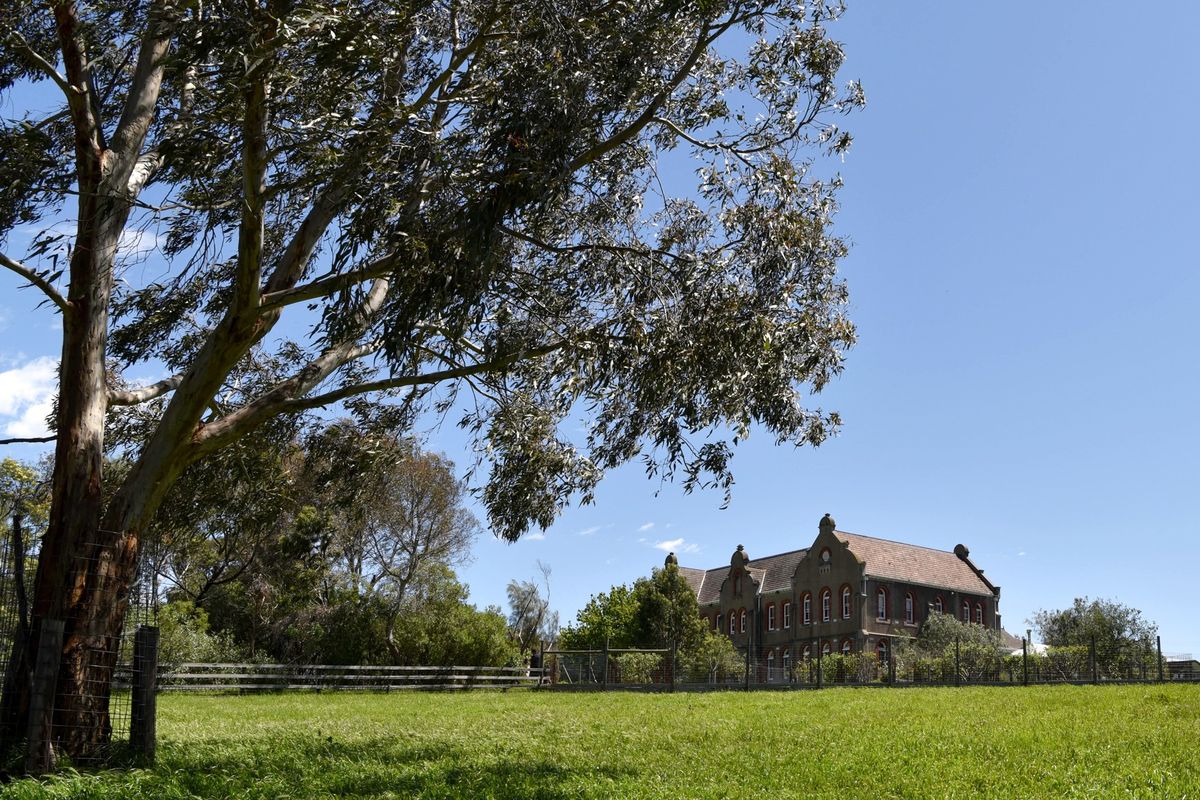The Abbotsford Convent complex in Melbourne, Australia’s largest multidisciplinary arts precinct, has been added to the National Heritage List.
The convent is the 111th property on the list, which recognizes the “outstanding heritage value to the nation” of a site because it represents a rare example of Australia’s natural or cultural history.
The convent has been added to the list both for its architectural and historical significance and for its importance as one of the few surviving sites providing insight into to the lived experiences of Forgotten Australians – children who lived in institutional or out-of-home settings during the twentieth century.
Established in 1863 by four emigrant nuns from the Order of the Good Shepard, the convent was one of the largest Catholic complexes in Australia. The 16-acre site has a collection of 11 historic buildings as well as gardens, courtyards and a working farm. According to the Victorian Heritage Register, Abbotsford Convent is “the only existing former monastic or convent farm surviving in a substantial manner within a city in Australia.”
By the turn of the 20th century, the convent became the largest charitable organization in the Southern Hemisphere, with more than 1,000 people living behind its walls at its peak.
The complex is centred around the brick Sister’s Convent building, built in 1901 and designed by Bates Smart precursor Reed, Smart and Tappin, which was also responsible for the design of a number of the convent buildings during an expansion of the complex in the early 20th century.
The Department of Environment and Energy’s heritage database notes that the the French Medieval-style convent building reflected both the Order’s French origins and the more general vogue at the time for medieval revivalism.
Among the buildings on the site, the industrial laundry buildings are highlighted as being particularly significant in the federal government’s notice of the complex’s inclusion on the National Heritage List. The Magdalene laundry essentially functioned as a workhouse for “fallen women” – a veiled term implying prostitution – and orphaned or unwanted girls.
The laundry buildings are described as a “rare surviving example of its type within Australia” in the site’s statement of significance. A similar facility existed at the Parramatta Girls Home in western Sydney, which also ran a Magdalene laundry.
“The laundry reflects the social attitudes of the time and acts as a reference point in the evolution of child welfare and juvenile justice practices in Australia,” reads the statement.
“The Convent laundry buildings are an important physical record for those Australians and their families known collectively as the Forgotten Australians.”
Former Prime Minister Kevin Rudd made a national apology on behalf of the country to the Forgotten Australians in 2009.
The Victorian Government purchased the site from the Order in 1975 for use as a higher education campus, with La Trobe University occupying the convent from 1989.
A proposed redevelopment of the site in the 1997, which involved the construction of nearly 300 apartments on the site and the demolition of many of the heritage buildings, caused massive public backlash, which led to a significant portion of the convent of being gifted to the public in 2004.
Abbotsford Convent Foundation runs the site as a community hub, which focuses on arts, culture and learning. It has more than 100 studios as well as galleries, cafes, a school and a radio station. The farm is now operated under the management of the Collingwood Children’s Farm.
















